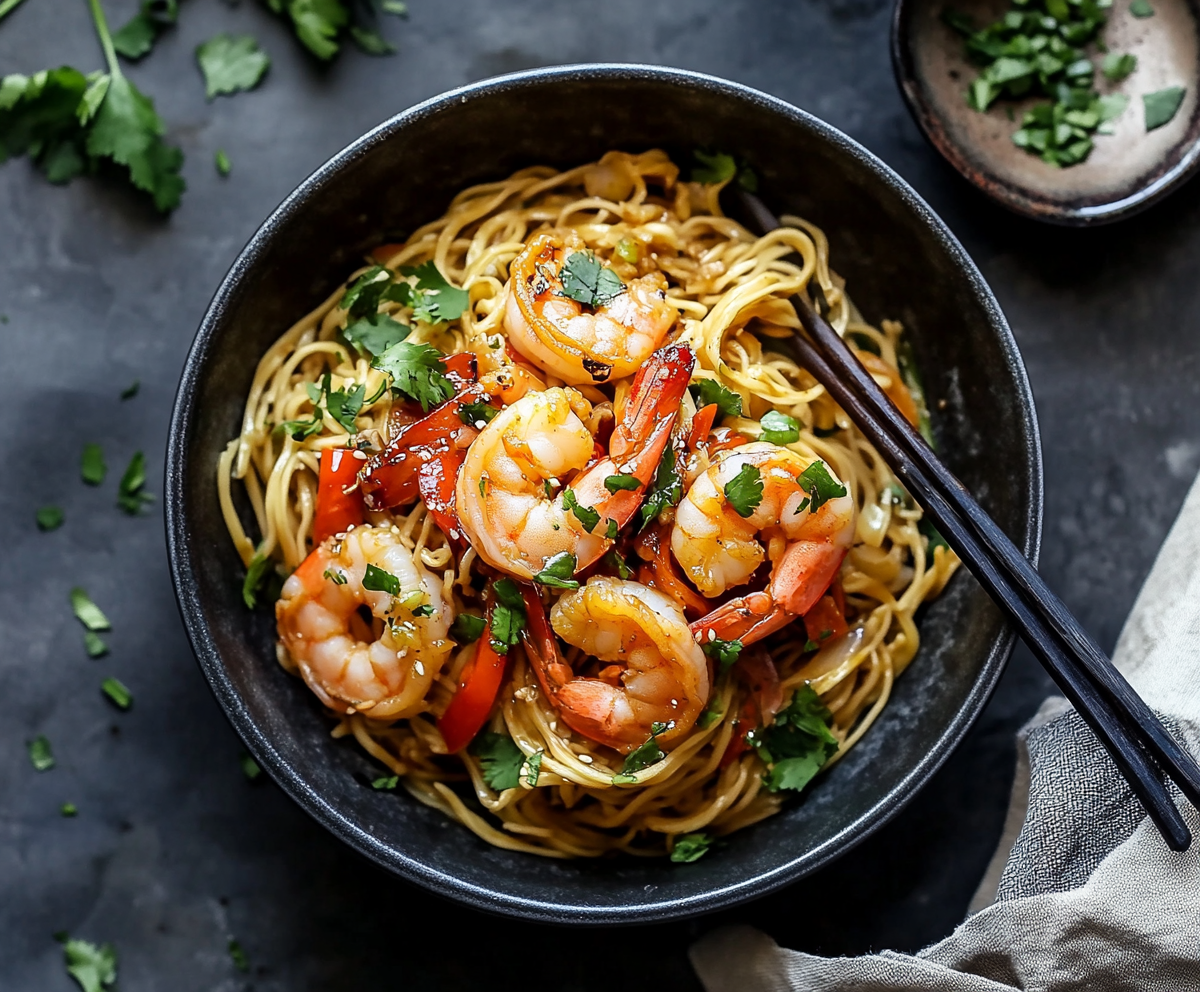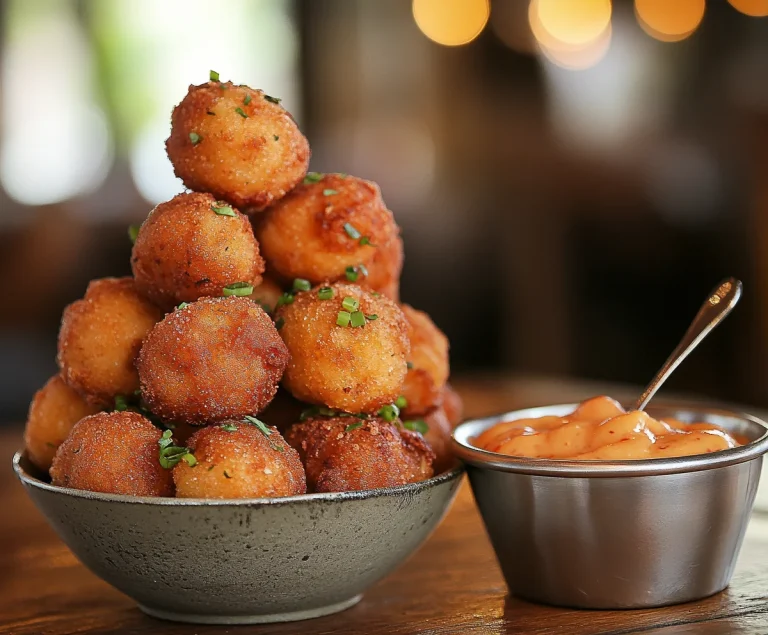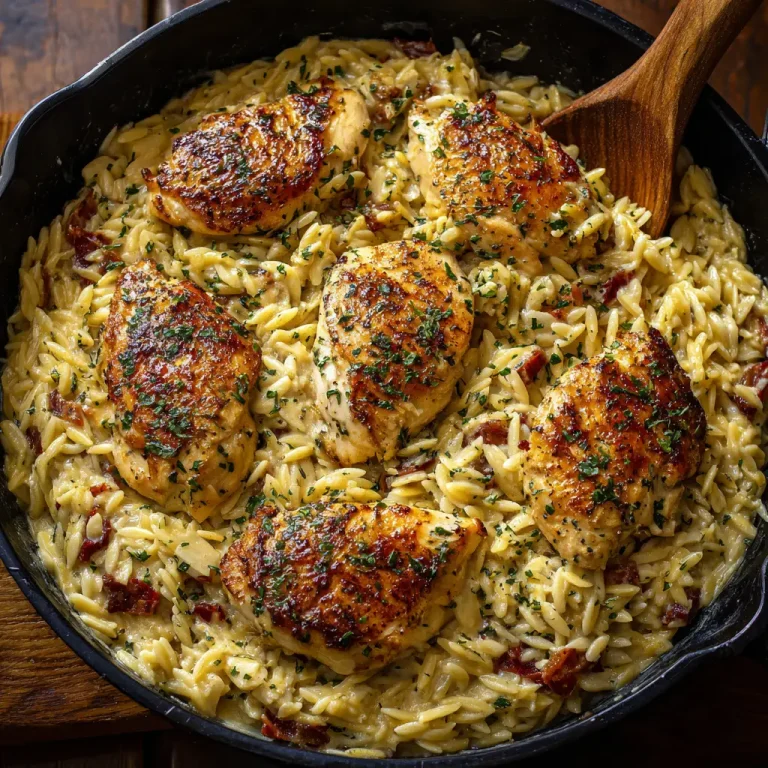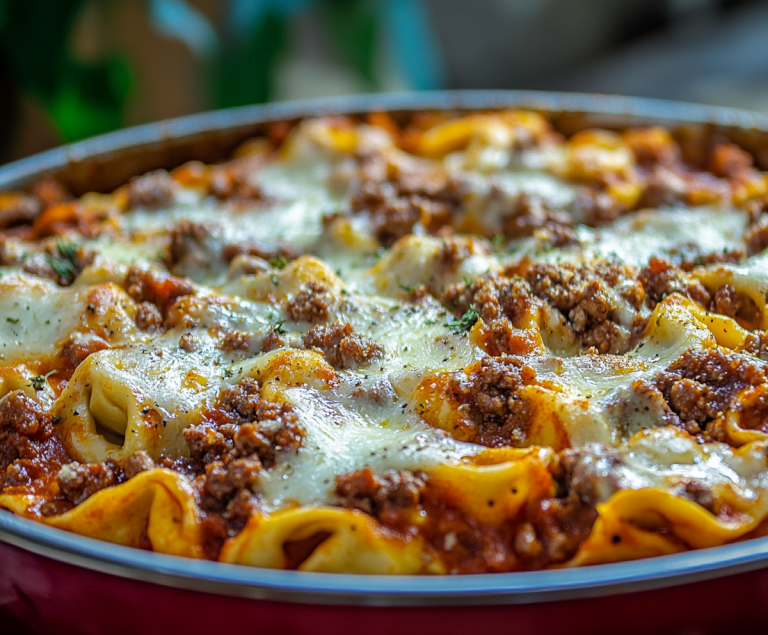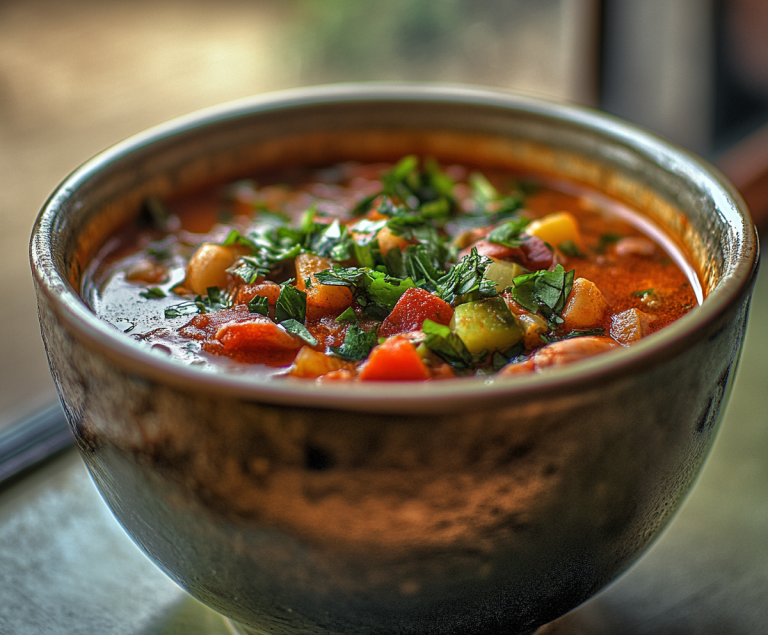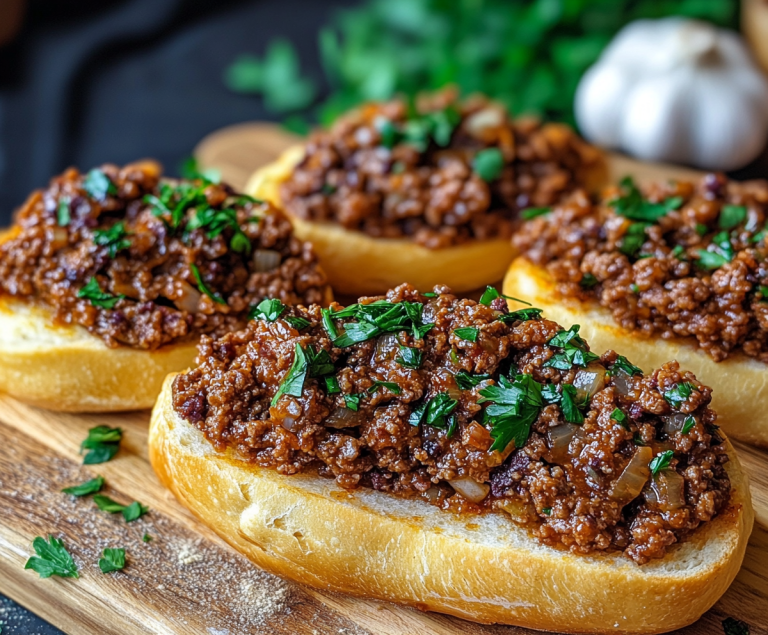Introduction
Shrimp lo mein is one of those comfort dishes that feels just right any day of the week. It’s warm, flavorful, and loaded with a satisfying mix of noodles, shrimp, and crisp vegetables all coated in a glossy, savory sauce. It is a staple in many Asian takeout menus, but making it at home can be just as good, if not better. You get full control over the ingredients, portion size, and flavor.
This recipe brings together everything you love about your favorite takeout, minus the mystery oils or excess sodium. Plus, it comes together surprisingly quickly. You don’t need hours in the kitchen or expensive equipment. Just a large pan or wok, fresh ingredients, and a little patience while the flavors come together. Whether you’re cooking for one or feeding your family, this shrimp lo mein recipe is a guaranteed hit.
It’s also highly customizable. Swap the shrimp for chicken, beef, or tofu if you’re in the mood for something different. Want more vegetables? Add as many as your heart desires. This dish is all about balance. Each bite should offer a mix of textures and flavors — soft noodles, crisp veggies, juicy shrimp, and a rich sauce that brings everything together.
Let’s walk through what you’ll need and how to turn these simple ingredients into something extraordinary.
Ingredients Needed
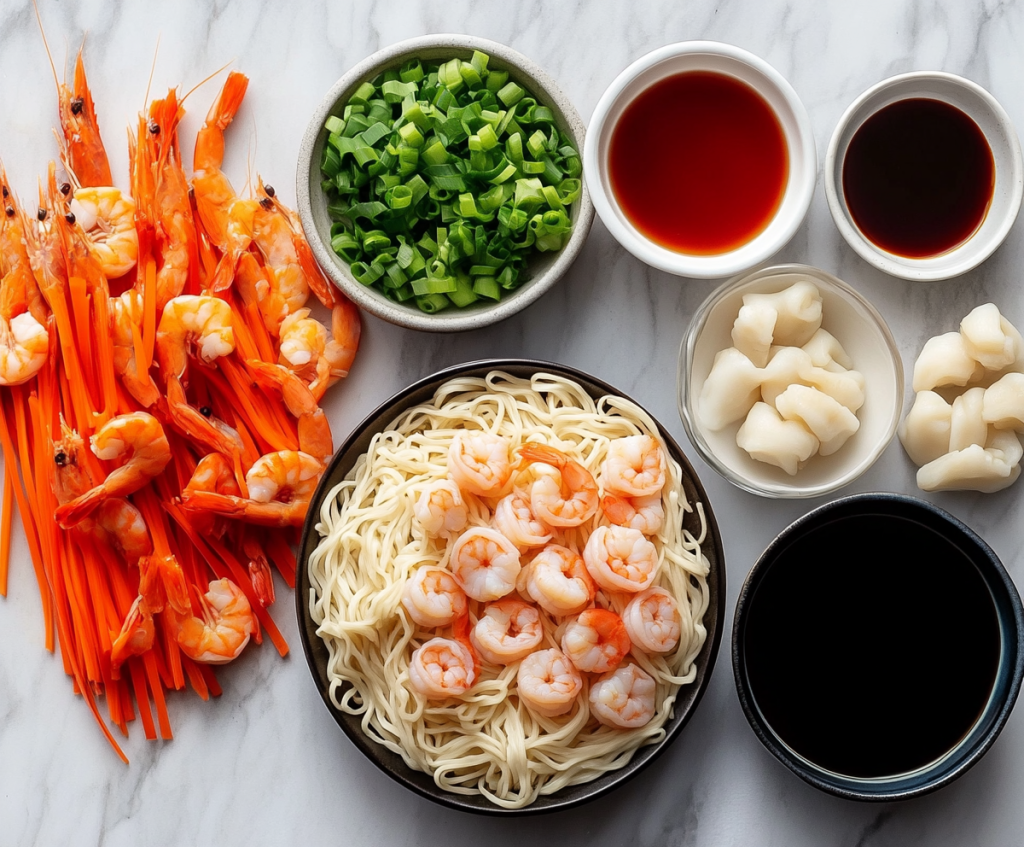
To make shrimp lo mein, start with a pound of fresh shrimp. Medium-sized shrimp work well and should be peeled and deveined before cooking. For the noodles, use eight ounces of lo mein noodles. These are typically egg noodles with a chewy texture that holds up well to stir-frying.
Vegetables add color, crunch, and nutrition. You’ll need a medium onion sliced thin, one bell pepper julienned, a medium carrot cut into matchsticks, and a cup of snow peas. Garlic and fresh ginger will build the flavor base.
For the sauce, combine soy sauce, oyster sauce, hoisin sauce, and a touch of sesame oil. This mixture gives the dish its signature umami richness. Vegetable oil is used for cooking everything evenly, and salt and pepper help you adjust seasoning to your taste.
Ingredients Table with Approximate Calorie Count
| Ingredient | Quantity | Calories (approx) |
|---|---|---|
| Shrimp | 1 pound | 112 |
| Lo Mein Noodles | 8 ounces | 280 |
| Vegetable Oil | 2 tablespoons | 240 |
| Garlic | 2 cloves | 8 |
| Ginger | 1 inch | 2 |
| Onion | 1 medium | 44 |
| Bell Pepper | 1 medium | 25 |
| Carrot | 1 medium | 25 |
| Snow Peas | 1 cup | 35 |
| Soy Sauce | 3 tablespoons | 30 |
| Oyster Sauce | 1 tablespoon | 9 |
| Hoisin Sauce | 1 tablespoon | 35 |
| Sesame Oil | 1 teaspoon | 40 |
Step-by-Step Cooking Instructions
Start by boiling your noodles according to the instructions on the package. Once they’re cooked, rinse them with cold water to stop the cooking process and set them aside. This helps keep the texture just right so they don’t get too soft when stir-fried.
Place a large skillet or wok on the stove and heat up a tablespoon of oil over medium-high heat. Add the shrimp to the pan and cook them until they turn pink and opaque. Remove them from the skillet once they’re fully cooked and keep them nearby.
In the same pan, pour in the rest of the oil. Add the garlic and ginger and stir them for a few seconds to release their aroma. Right after that, toss in your onions, bell peppers, carrots, and snow peas. Cook them until they are tender but still have a slight crunch. This part adds texture and keeps the vegetables vibrant and fresh.
Bring the shrimp back into the pan and add the cooked noodles. Then pour your pre-mixed sauce over everything. Use tongs or two wooden spoons to mix it all well. Let the noodles soak in the sauce and cook for another minute or two until everything is hot and glossy.
Taste your shrimp lo mein and season it with salt or a little extra soy sauce if needed. Once it’s all combined and steamy, it’s ready to serve.
Tips for Customizing the Recipe
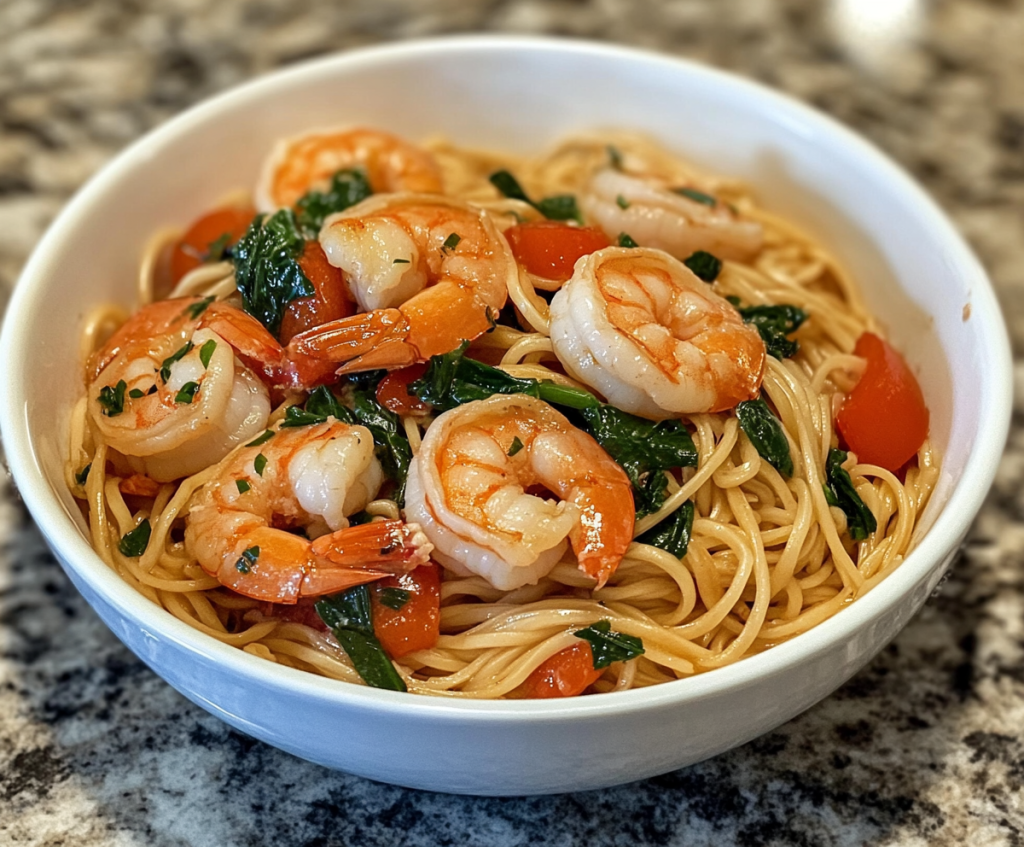
You don’t have to stick with the exact vegetables listed here. Broccoli florets, cabbage, snap peas, baby corn, and mushrooms all work beautifully in this recipe. Try to use what’s in season or already in your fridge.
If you’re not in the mood for shrimp, chicken is a great alternative. Thinly sliced beef or tofu also work well and add a different kind of flavor and texture to the dish. Just remember to adjust your cooking times slightly depending on the protein you use.
For those who like spice, a spoonful of chili garlic sauce or a drizzle of sriracha can elevate the heat without overwhelming the dish. You can even sprinkle in some crushed red pepper flakes right at the end.
You can also make this dish more health-conscious. Try using whole wheat noodles or low-sodium soy sauce. Use less oil or swap in olive oil for a heart-healthier version.
Nutritional Information

A single serving of shrimp lo mein, approximately one cup, contains around 250 to 300 calories depending on the portion size and added ingredients. The shrimp gives you a great source of lean protein, while the vegetables provide essential vitamins and minerals.
Expect around 12 grams of protein per serving along with seven grams of fat, mostly coming from the oil and sesame oil used in cooking. The carbohydrates mainly come from the noodles and vegetables, giving you quick energy without being too heavy.
This dish can be a balanced meal on its own when you keep the portion sizes moderate and don’t go overboard on the sauces.
Serving Suggestions
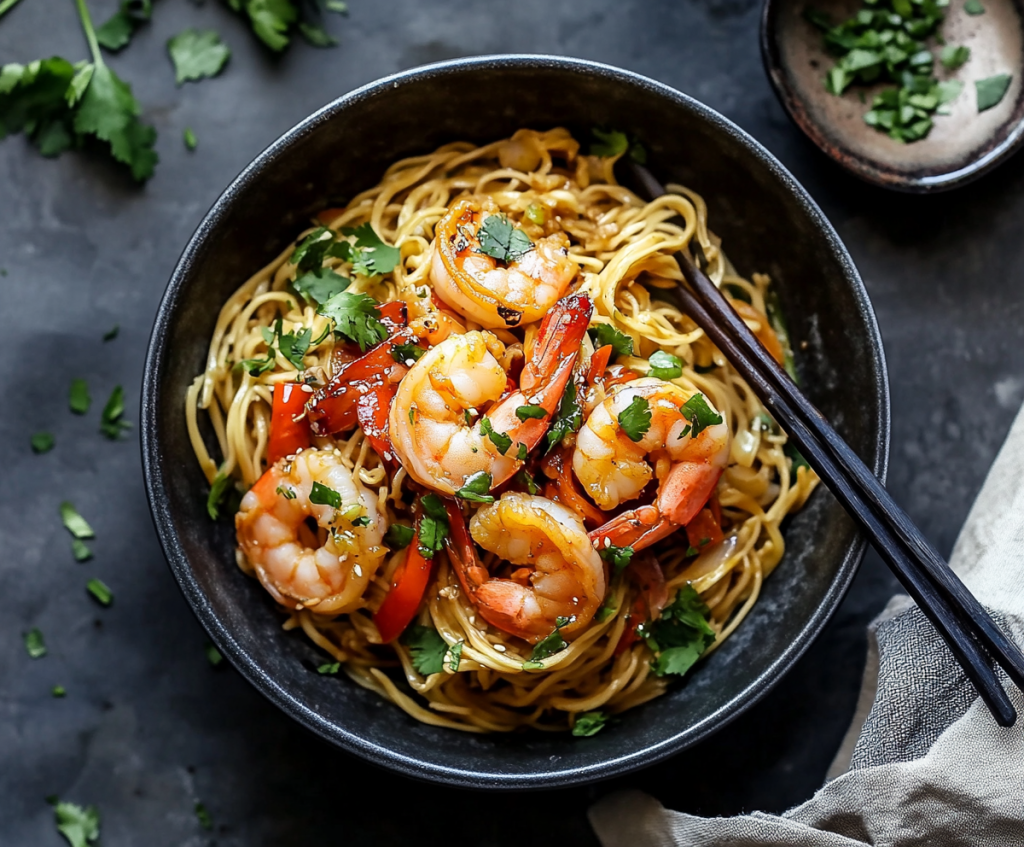
Shrimp lo mein pairs well with simple side dishes that won’t overpower it. A small bowl of egg drop soup or a fresh cucumber salad is a great match. If you’re serving a larger meal, spring rolls or steamed dumplings make a wonderful addition.
It also tastes great with a cup of hot jasmine tea or chilled green tea. If you’re serving it for dinner, a glass of crisp white wine can balance the richness of the sauce.
When plating, garnish your noodles with chopped green onions or sesame seeds to add a bit of crunch and visual appeal. If you want an extra layer of flavor, a few drops of chili oil can do the trick.
Conclusion
Making shrimp lo mein at home is easier than most people think. With just a few pantry staples and some fresh ingredients, you can whip up a dish that’s full of flavor and far more satisfying than takeout. What makes it even better is how customizable it is. You can switch up the vegetables, change the protein, or even make it vegetarian. It’s quick, delicious, and perfect for weeknight dinners or weekend cravings. Once you try it, it’s bound to become a regular in your kitchen rotation.

